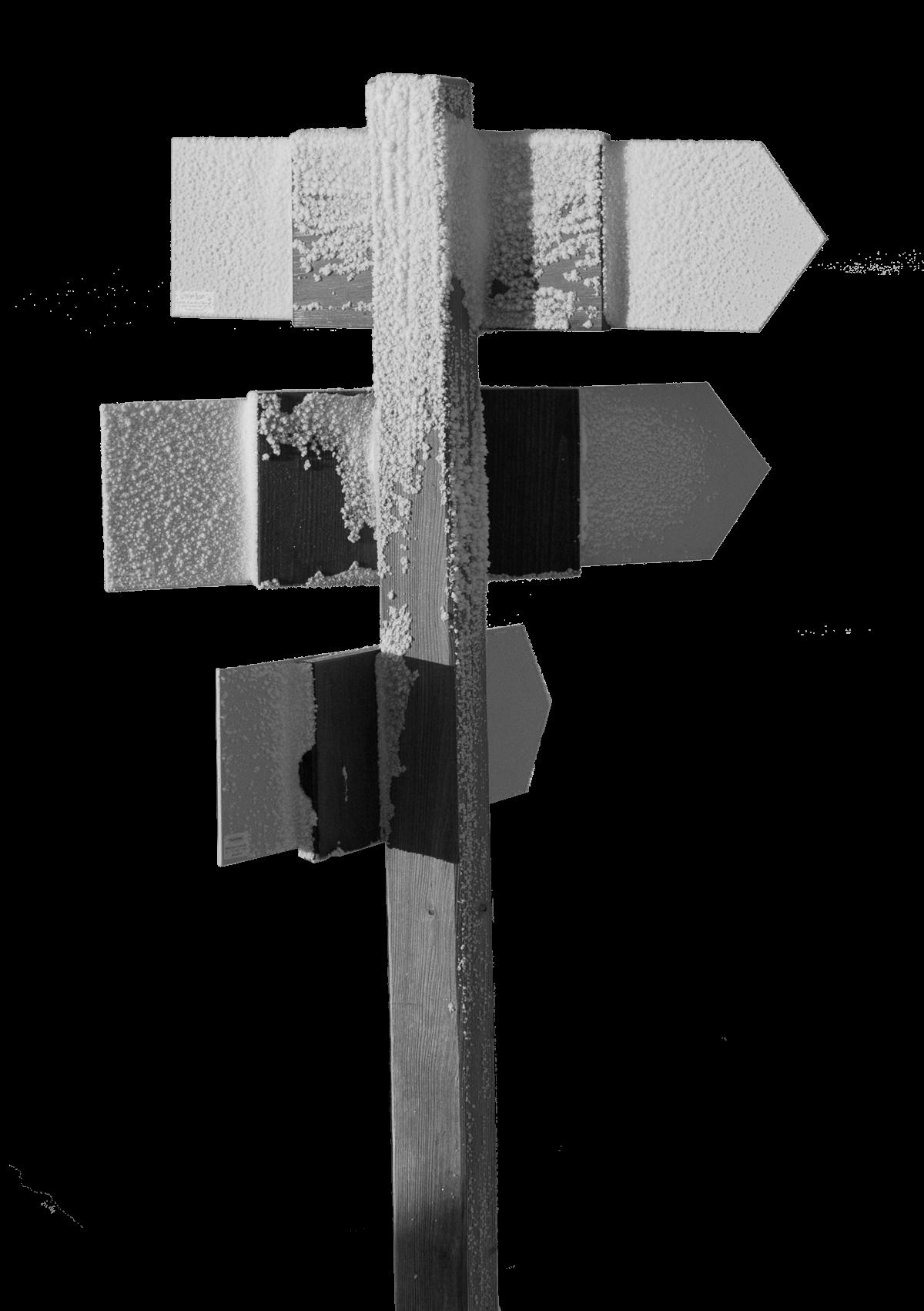
1 minute read
THE BIG QUESTION: CAN HARDWARE REALLY BE “GREEN”?
by InterNetX
Most data centers use standardized hardware. Depending on the construction and preference of the manufacturer, there are differences in form and design. However, all use similar hardware at the core. Standard CPUs from Intel or AMD are found alongside standard memory bars on standard boards.
This is where companies can first take advantage of the potential for enhanced energy efficiency. The selection of these hardware components can make a difference of up to 50 watt at the same computing performance. Differences of this scale can quickly add up to more than 400 kilowatt hours per year – and that’s for each individual server. With these 400 kWh, one person can take warm showers for an entire year. InterNetX uses servers from Dell EMC, which have a significantly longer product life span than devices from comparable providers.
Hard drives and SSDs have less energetic leeway but have a significant impact on a device’s energy balance. Hard drives require more electricity and cooling than SSDs, but are less expensive, store considerably more data and reach a long period of use, depending on the utilization. Furthermore, modern components are much less temperature-sensitive and are also stable when operating in warmer environments. Apart from reducing their direct consumption, it also means less cooling is needed.
Hardware should by no means be disposed of prematurely. Life expectancy is often an underestimated component of the overall picture. In addition to inexpensive materials such as silicon, manufacturing memory, processors and other system components also requires rare earth metals, which are difficult to procure, as well as large amounts of water and energy. If a system can no longer be used as an efficient server, it may make sense to reassign it to other tasks that generate less load.







